Can Cats Eat Lettuce? What You Need to Know Before Sharing Lettuce with Your Cat
- 20 Feb 2025 13:54
As cat owners, we often find ourselves wondering what human foods are safe to share with our feline friends. While cats are obligate carnivores, meaning their diet primarily consists of animal-based protein, you may still want to offer them a treat from time to time. Lettuce is one such food that might come to mind. But can cats eat lettuce? The answer is yes, in small amounts, lettuce is generally safe for cats. However, it’s important to understand the benefits, risks, and proper ways to serve it to your pet. Let’s explore whether lettuce can be a healthy snack for your cat.
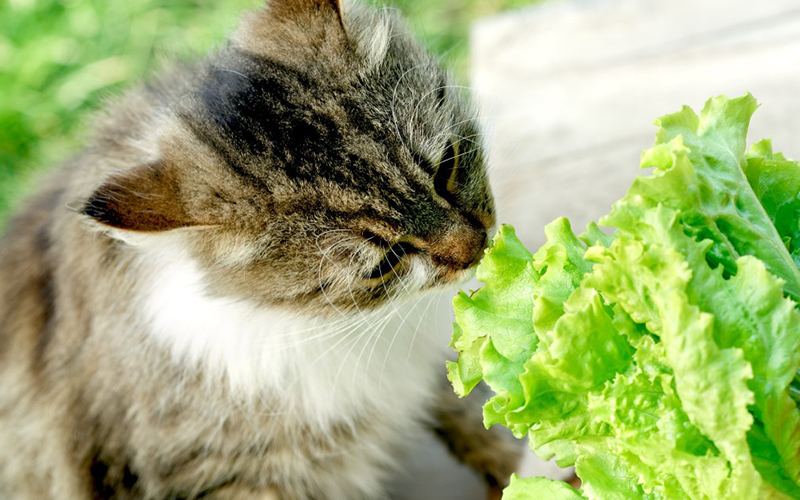
The Nutritional Value of Lettuce for Cats
Lettuce is a leafy green vegetable that contains several nutrients. While it’s not a must-have food for cats, it can provide some benefits when offered occasionally. Here are the nutrients that lettuce contains:
Water Content
Lettuce is made up of about 90% water, which means it can help with hydration. If your cat tends to not drink enough water, offering lettuce occasionally might help boost their water intake.Low in Calories
Lettuce is very low in calories, making it an ideal snack if your cat is overweight or you’re trying to control their calorie intake. It’s a light, healthy treat compared to other high-calorie options.Fiber
Lettuce contains a small amount of fiber, which can aid in digestion. Some cats, especially those that are prone to hairballs or constipation, may benefit from the extra fiber to keep their digestive system moving smoothly.Vitamins and Minerals
Lettuce provides small amounts of vitamin A, vitamin K, folate, and iron. However, it’s important to note that cats don’t require these in large quantities, as they get their nutrients from animal-based proteins. Lettuce doesn’t provide the essential nutrients that cats need to thrive, so it should not be considered a primary food source.
Risks of Feeding Lettuce to Cats
While lettuce is not toxic to cats, there are a few considerations and risks to keep in mind:
Digestive Issues
Cats have digestive systems that are designed to process meat rather than vegetables. Although some cats can handle lettuce without issue, others might experience digestive upset, such as vomiting or diarrhea, especially if they consume too much. If you do choose to feed lettuce to your cat, start with a small amount and see how they react.Choking Hazard
Lettuce can be a choking hazard for cats, particularly if they try to swallow large, tough pieces. Be sure to chop the lettuce into small, manageable pieces to reduce the risk. Cats are also more likely to swallow food whole, so be cautious when offering any type of leafy green.Potential Pesticides
Like any leafy vegetable, lettuce may contain pesticide residues if not washed thoroughly. To minimize the risk of exposing your cat to harmful chemicals, always wash lettuce thoroughly before offering it to your pet. If possible, choose organic lettuce to reduce the risk of pesticides.Lack of Nutritional Value for Cats
While lettuce can provide hydration and fiber, it doesn’t contain the nutrients that cats need for optimal health. Cats require protein and fat from animal sources, and lettuce won’t provide these essential nutrients. It should only be offered as an occasional treat, not as a regular part of their diet.
How to Safely Serve Lettuce to Your Cat
If you decide to offer lettuce to your cat, here are a few tips to ensure it’s a safe and enjoyable treat:
Wash the Lettuce Thoroughly
Always wash lettuce thoroughly to remove any dirt, pesticides, or harmful chemicals. Organic lettuce is a good option if you're concerned about pesticides, but washing it is still essential.Serve in Small Pieces
Cut the lettuce into small, bite-sized pieces to reduce the risk of choking. Avoid giving your cat large, tough leaves that could be difficult to chew and swallow.Monitor for Reactions
If you’re offering lettuce to your cat for the first time, monitor them closely after they eat it. Watch for any signs of digestive upset, such as vomiting, diarrhea, or lack of appetite. If your cat experiences any adverse reactions, stop offering lettuce and consult your vet.Introduce Gradually
Introduce lettuce into your cat’s diet slowly, starting with a very small amount. If your cat enjoys the treat and doesn’t experience any negative reactions, you can occasionally offer a small amount as a snack.
Alternatives to Lettuce for Cats
While lettuce is safe in small quantities, there are other healthy snacks that might be more appealing and beneficial for your cat. Here are some alternatives:
Cat Grass – Many cats enjoy nibbling on cat grass, which is specifically grown for feline consumption. Cat grass is easy to digest and can aid in digestion and help with hairballs.
Cucumbers – Some cats enjoy the refreshing crunch of cucumber. It’s low in calories and provides hydration, similar to lettuce.
Carrots – While cats are obligate carnivores, some enjoy crunchy vegetables like carrots. Cut them into small pieces to make sure they’re safe for your cat.
Pumpkin – Plain, cooked pumpkin can be a good option for digestive health. It’s high in fiber and can help regulate your cat’s digestive system.
Cooked Meat – Since cats are obligate carnivores, offering small pieces of cooked chicken, turkey, or tuna can be a healthier and more appropriate treat.
Should You Use PettureX for Your Cat’s Health?
If you’re ever unsure about whether a specific food is safe for your cat or if you have concerns about their digestive health, PettureX can be a helpful resource. PettureX offers 24-hour online consultations for pet health, providing you with guidance and advice on diet, health issues, and other pet-related concerns. It’s a convenient way to ensure you’re making the best choices for your cat’s well-being.
Conclusion: Can Cats Eat Lettuce?
So, can cats eat lettuce? Yes, but only in moderation. Lettuce can be a safe, hydrating treat for your cat when served properly, but it doesn’t provide the essential nutrients that cats need. It should be offered occasionally and not as a regular part of their diet. Always wash lettuce thoroughly, serve it in small pieces, and monitor your cat for any signs of digestive upset. If you’re unsure whether lettuce is right for your cat or if you have concerns about their health, consulting a pet health assistant like PettureX can help you make informed decisions about their diet and well-being.
By offering lettuce as an occasional treat, you can give your cat a refreshing snack without compromising their health or nutrition. Always remember to prioritize your cat’s dietary needs and consult with a professional if you have any doubts.
Related

Frankly Dangerous: Can Cats Eat Hot Dogs? Vet Explains the Serious Risks
- 16 Apr 2025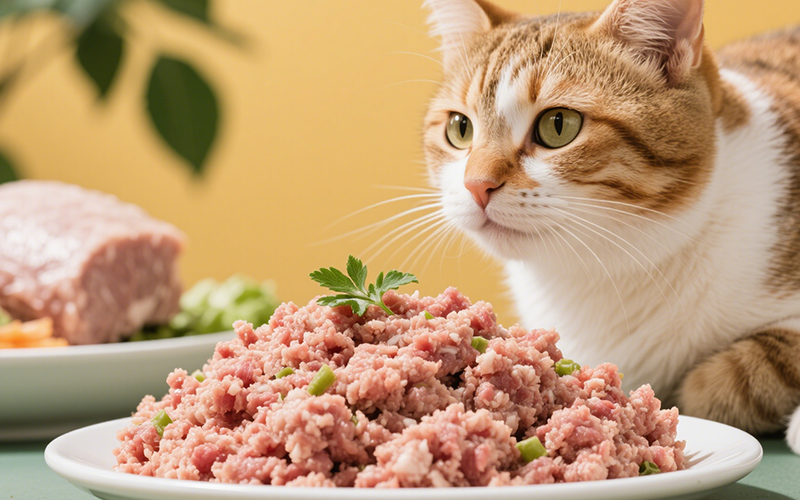
A Purrfect Protein? Can Cats Eat Ground Turkey Safely? (Vet-Reviewed Guide)
- 16 Apr 2025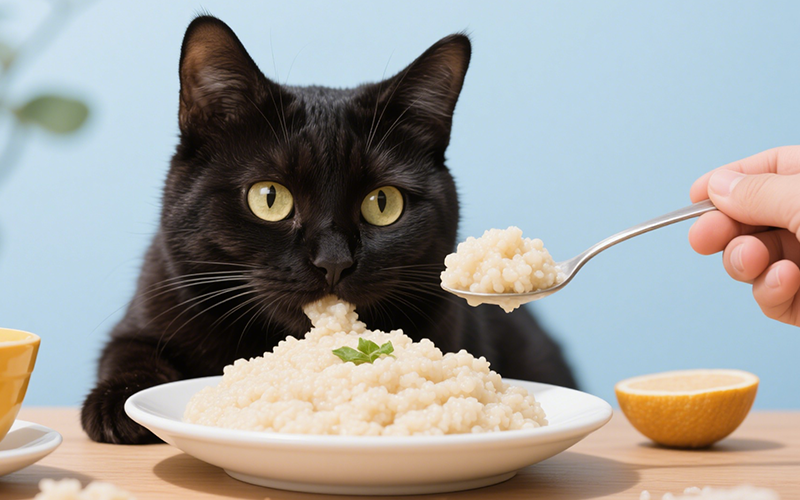
Gritty Situation: Can Cats Eat Grits Safely? Vet Explains the Risks
- 16 Apr 2025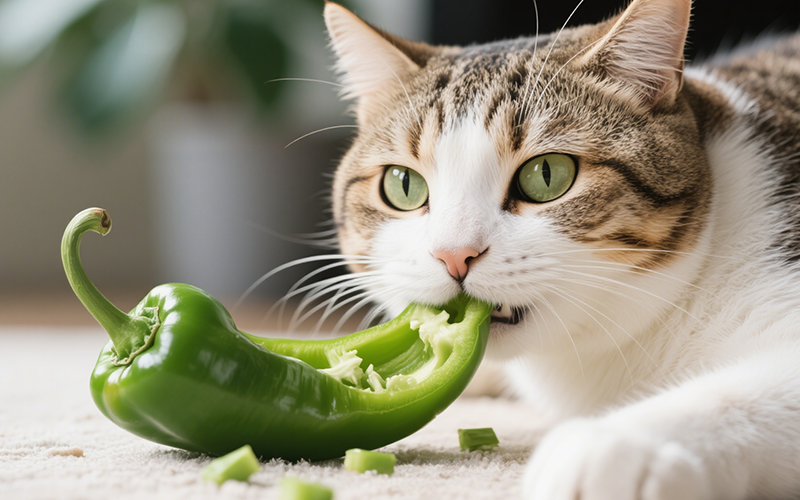
Crunchy Query: Can Cats Eat Green Peppers? A Vet-Reviewed Safety Analysis
- 16 Apr 2025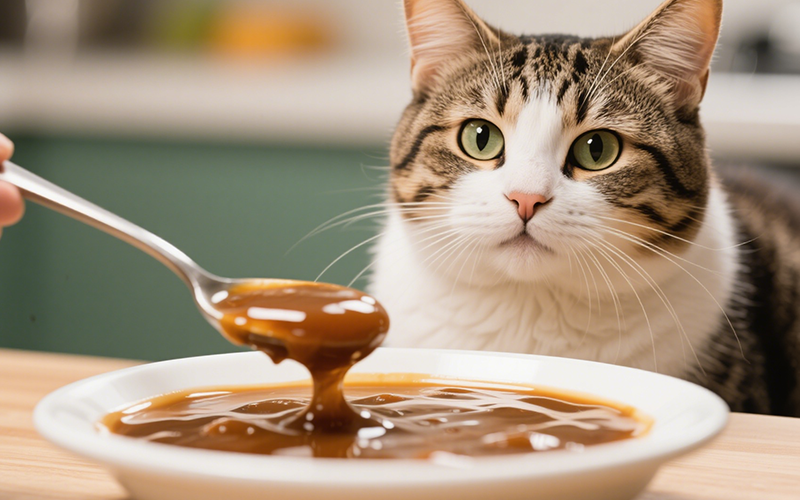
Gravy Danger Zone: Can Cats Eat Gravy Safely? (Vet-Reviewed Warning)
- 16 Apr 2025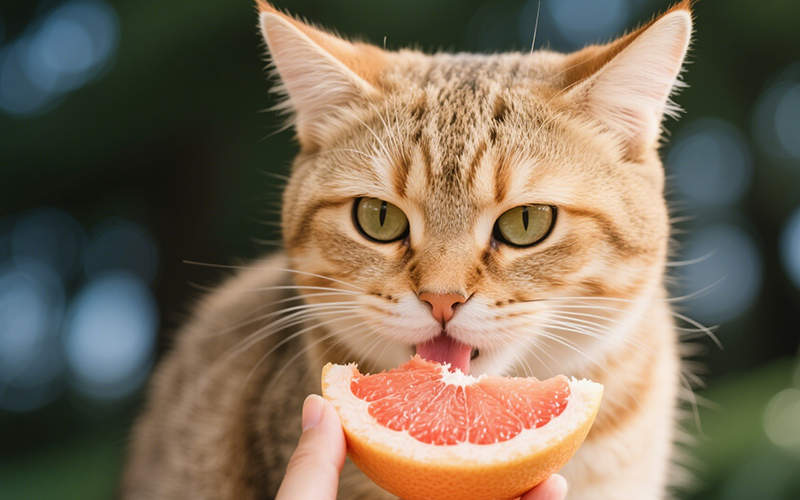
Toxic Temptation: Can Cats Eat Grapefruit? Vet Explains the Dangers
- 16 Apr 2025
Emergency Meal or Major Mistake? Can Cats Eat Dog Food For A Couple Days? (Vet Guide)
- 16 Apr 2025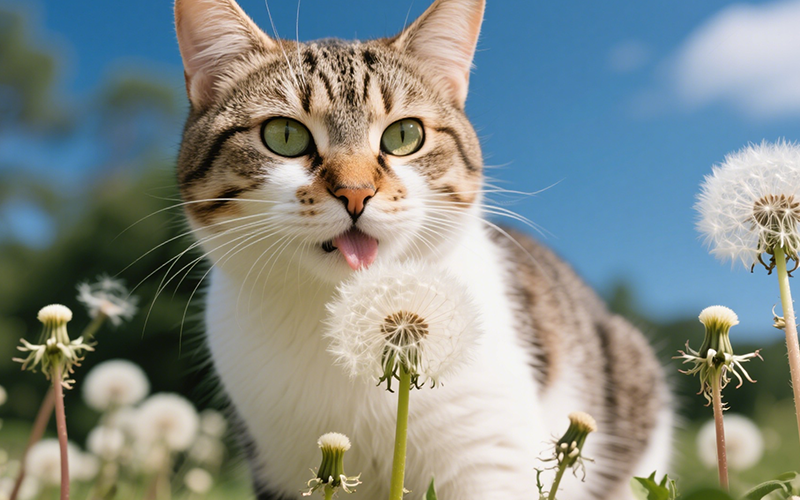
Dandelions & Felines: Can Cats Eat These Common Weeds Safely? Vet Explains
- 16 Apr 2025
Flaky Danger: Can Cats Eat Croissants Safely? Vet Explains the Buttery Risks
- 16 Apr 2025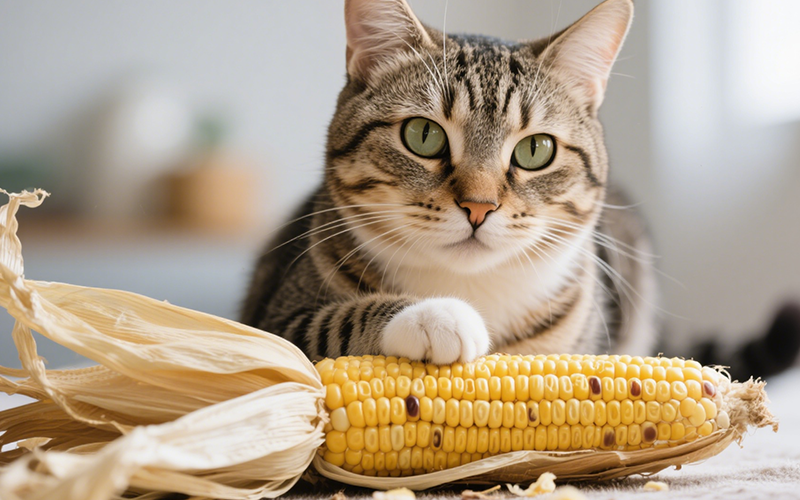
Hazard Alert: Can Cats Eat Corn Husks? Vet Explains Dangers of This Fibrous Material
- 16 Apr 2025
